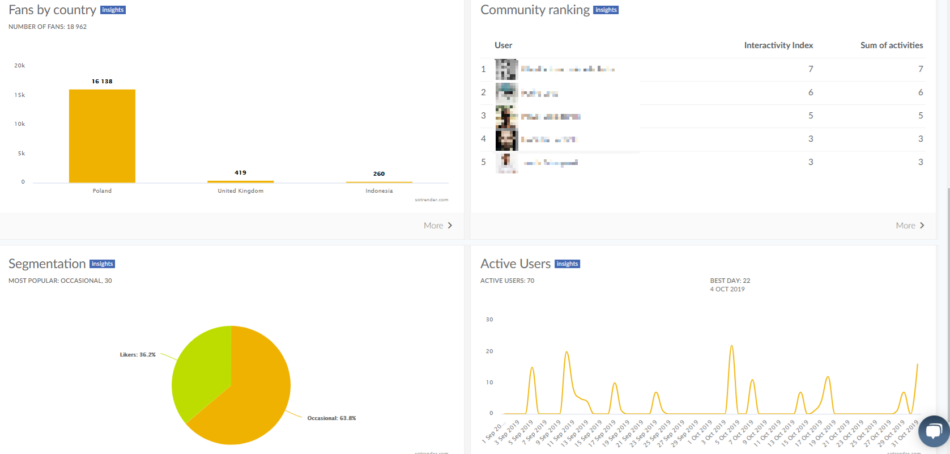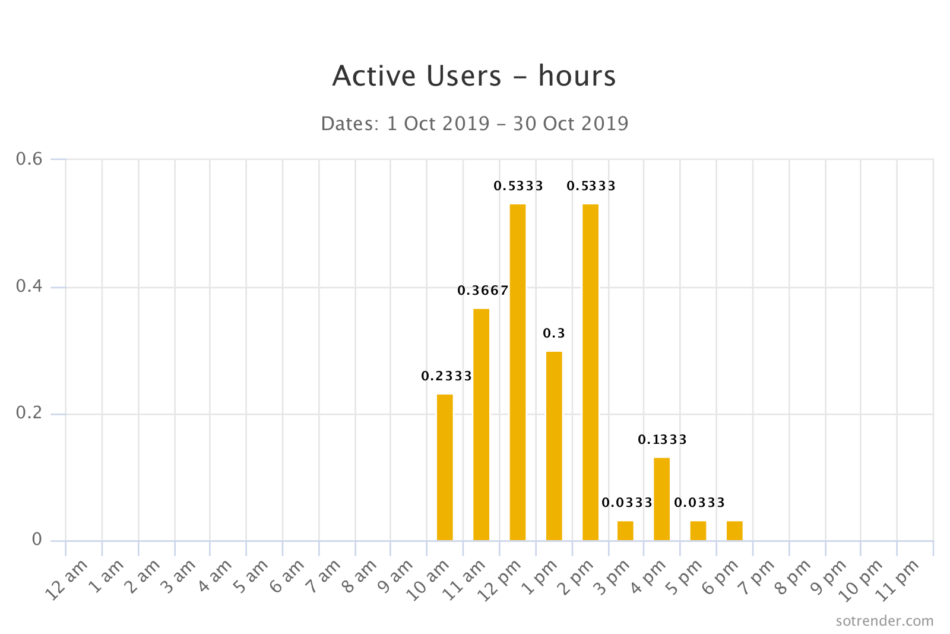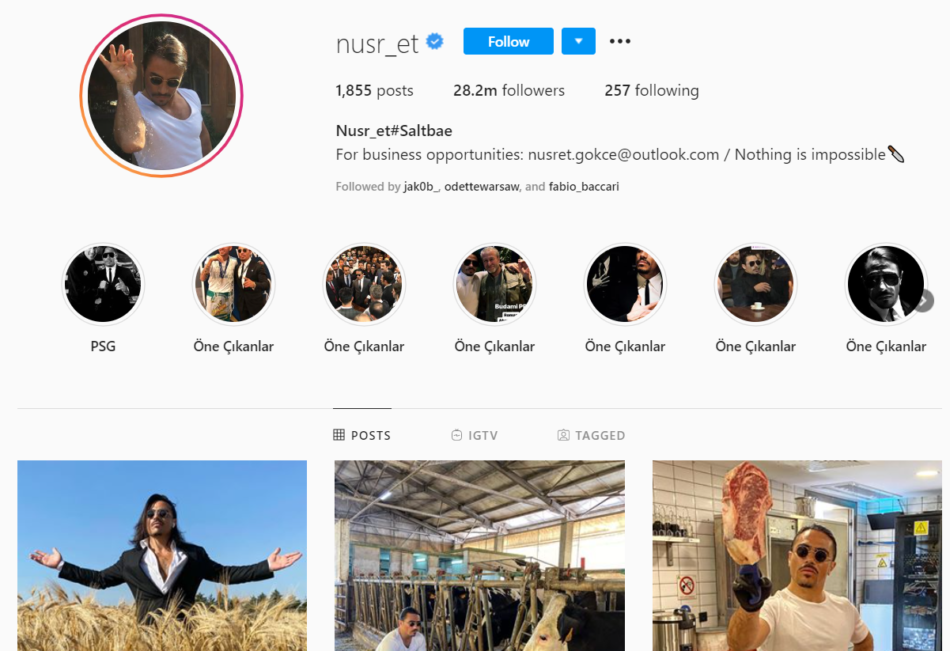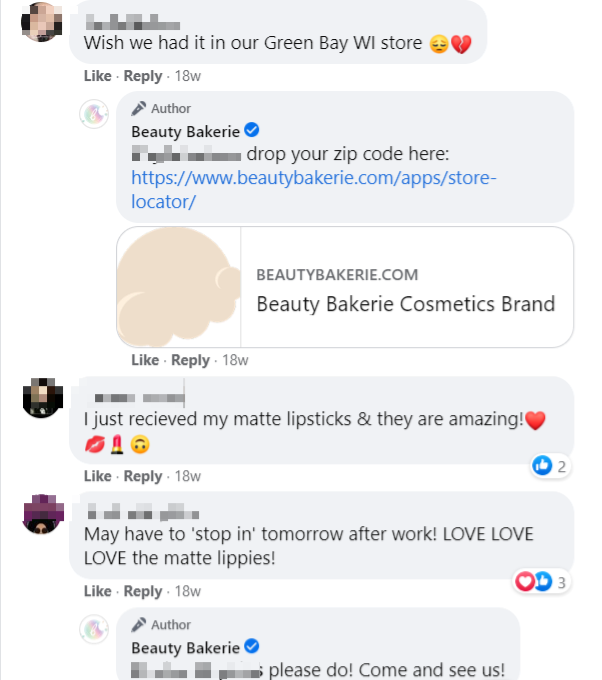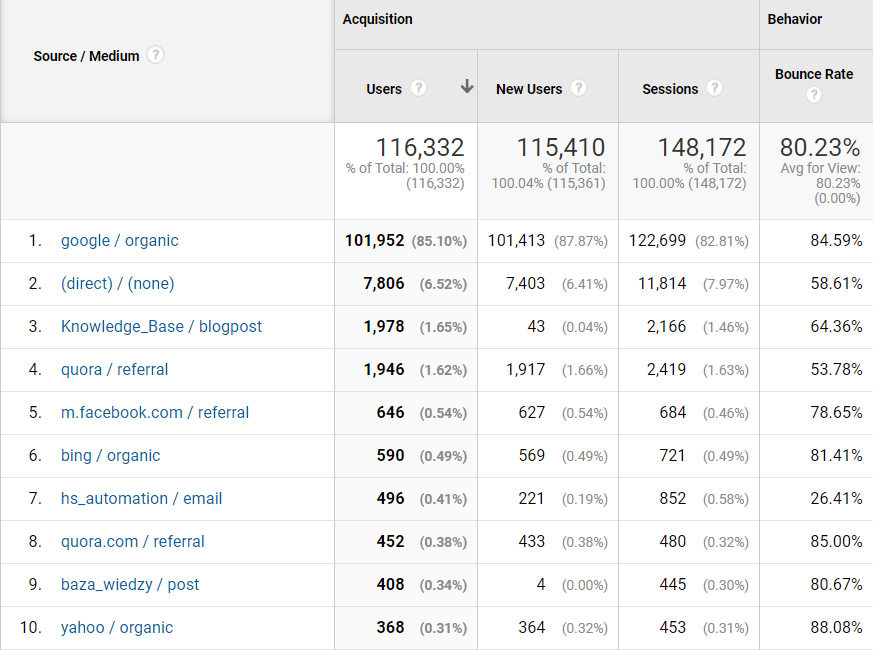Starting out at any job means that you’ll definitely make mistakes. You won’t be familiar with many of the unspoken rules or you won’t know about what sources to trust.
You’ll probably come across articles that tell you the best time to post or even what type of content you should post. However, almost none of these will teach you how to do it perfectly for your own company. Ultimately, you’ll make some of the biggest mistakes in marketing if you’re not careful.
It’s impossible to get everything right the first time, it’s just a natural way of learning things. But if you know about some of them, you can avoid making some of those mistakes. Since there are a variety of mistakes and it would take forever to go over all of them, we’ll go over some of the biggest mistakes marketers make. Let’s get started!
Don’t know who they’re talking to
We’ve repeated this many times, but only because it’s so crucial: you need to know who your target audience is. This is actually one of the biggest mistakes marketers make. Your ad creative could be a valuable asset, but that’s only true if the right people are seeing it. In 2015, Quantcast created a report on reaching the right audience and shared some interesting statistics about how businesses spend their budgets to narrow down their scope.
They found that psychographics and demographic targeting are the most important for companies’ campaigns across almost all levels of revenue. This is something to consider when you start to plan your next ad campaigns and how to narrow down your audience.
So what should you be doing to get to know them? To briefly summarize, you need to:
- Create buyer personas
- Research your industry
- Analyze your audience
- Use targeted ads on the right social media platforms
Without getting to know them, you’ll misunderstand their needs and have spent time and your ad budget targeting people who were never going to buy your product in the first place.
Your social media profiles can give you a detailed insight into your target audience. Analyzing your audience can be done in two ways: you can use the built-in analytics tools in the social media platforms like Instagram or Facebook Insights, but there are quite a few obstacles when you use these tools.
For example, Instagram Insights doesn’t let you export your data, so you will have to spend a significant amount of time each week manually writing down your metrics. What’s more, the time frame you can select and metrics will be limited.
Aside from the built-in analytics, the other option is to use an external tool. Sotrender, for example, allows you to add your social media profiles to the tool and analyze your audience, your performance metrics, and also export your profiles’ data quickly.
The data can give you insight into audience demographics, when your fans are awake, and how they interact with your content. In general, you’ll get a bigger picture of the brand-client relationship with a few clicks.
You might find out that your audience would benefit from region-specific pages, or that you should add communication in more than one language if the audience segment is big enough. Checking demographics and activity are simple ways to check when you should be posting to get their attention.
Of course, this isn’t all that you should do, but it’s a simple first step in the right direction. 😉 It’s especially important at times when your target audience’s interests seem to have changed. Make sure you adapt to their interests and behaviors so you can stay relevant.
They don’t plan their content
For one, the rate at which they post becomes unpredictable. At times, they could neglect some of the platforms that you’re supposed to be active on. Of course, you shouldn’t have an account on every social media platform if your audience isn’t there. If you don’t regularly make videos, YouTube isn’t all that necessary for your brand. These are some basic things to consider.
It becomes an issue when you’re posting content that has no common theme, and your profile just looks sloppy. At some point, you risk posting about the same thing way too often. Repetitive posts bring very little value since they’ve been there, done that. Of course, this doesn’t mean you shouldn’t stick to an overall theme, but you should consider keeping the content fresh, checking what’s trending in your field, and which profiles are doing it right.
Most people who have spent time on Instagram remember the #SaltBae guy. He’s a chef that was recorded adding salt to a meal in an extremely photogenic and extra way.
His video inspired more people to try to recreate the moment with their own products (usually within the restaurant and food industry). It would be out of character for a tech company to try to recreate the iconic moment.
Or for example, how Kim Kardashian’s makeup fail became a moment that Nikkie Tutorials recreated perfectly.
View this post on Instagram
…nailed it. ✨ – original: @makeupbymario + @kimkardashian my Mario: @mmmmitchell
But don’t just jump on what’s trending. It would be disrespectful to piggyback off of human rights or social issues for the sake of getting “good PR”. You’ll come across as inauthentic and you could detract from the cause. Just use common sense.
Not anticipating changes in their niche
Like we said before, it’s important that you keep up with trends in your field but with careful consideration. Real-time marketing can be great when you want to post about how your product fits in with what’s currently going on in the world and real events. For example, Heineken agreed to sponsor sporting events in 2019, so it’s not surprising that their ads centered around their beer and football.
Some of the ways that you could keep up with current events include:
- Following competitors and influencers in the industry
- Reading blog posts and news articles a few times a week to get inspired
- Setting up Google Alerts to let you know if something interesting is going on.
Also, you could consider using a tool like Ahrefs to see what content your target audience is sharing (specifically from your competition). You’ll get to know what they’re currently interested in and what content they want to share.
Finally, we always recommend going straight to the source to find out what they want to see. Consider creating a poll or using an Instagram sticker to figure out what they want to see. You could allow them to give you feedback with long or short-form questions, as well.
Neglecting the audience and customers
We briefly talked about how getting feedback from your target audience is crucial, so this should be pretty obvious. It can be tedious or require extra steps to fill out a questionnaire on a site, so it’s just easier for users to leave feedback or ask questions over their social media accounts.
For example, PlayStation’s Facebook Page has thousands of comments on their posts, but they don’t appear to be interacting with their fans. What’s more, their customer support ratings on TrustPilot have less than two stars. Even if the product is popular, it’s still better to keep your customers happy.
Meanwhile, Beauty Bakerie, a make-up brand with the aesthetic of a bakery, regularly responds to users for both complaints and compliments. This makes them memorable and helps them stand out as a friendly make-up brand that cares about their customers.
It’s a really simple gesture, but knowing how to provide great social customer service matters when there are so many companies to choose from. According to Smart Insights, customer advocacy increased by 25%, and company loyalty increased by 65% when a company responded to their users on social media.
There are tools like Sotrender that can be used as a social inbox. These tools can help you keep track of conversations, manage users’ comments on sponsored and organic posts, and check social sentiment. It makes it easier to handle an influx of comments, keep up a regular interaction with users online, and make sure no urgent comments are overlooked.
Posting too much promotional material
Even though it’s important to maintain a social media presence, it doesn’t mean that you should be in your followers’ faces all the time. More often than not, you’re going to get on their nerves.
Don’t forget about the 80/20 rule: 80% of your content should bring value and educate your audience, only 20% should be promotional. There’s a reason why people use ad blockers and skip ads as often as they do.
Another reason why you should avoid posting so many ads is because you will end up overspending or having an unnecessary ad budget. If you calibrate your ad campaign on social media, you could reach the right audience and have better conversions.
So if you’re not going to post so much promotional content, here’s a list of the type of organic content you could post:
- User-generated content – with the user’s permission of course
- Behind-the-scenes or making-of footage
- Interviews with industry experts
- Tutorials on how to use your product
You can see that the hair care company OUAI is reposting their followers’ content with their permission. They even added the hashtag #regram which makes it clear it’s UGC.
Your content should be valuable to your audience, or else they’ll click “unfollow” and forget about you. And if you’re working with influencers or other users, your reach can get even bigger. All around, there are many benefits.
Not learning from trial and error
It’s a good idea to learn through practical application, but if you know that there are definitive things you shouldn’t do, you’ll save yourself time and resources. Getting your content strategy or ad spending wrong can lead to problems down the road with budgeting.
For example, you might have read articles about how A/B testing is a great way to check how effective your ad campaigns are. But many of those articles are written for larger companies, and you might not have the same budget or audience.
It’s better if you adjust your content strategy by analyzing your post efficiency. That will indicate which content is getting you better reach and engaging your audience the most. All of that will help you decide what topics you should focus on in the near future.
Learning by trial and error can be risky when you’re a smaller business. It’s more cost-efficient if you take some general suggestions and apply them to fit your company and target audience. That brings us to the first mistake.
Only analyzing social media
Although you should analyze your social media performance, you need to go beyond that. What you do on social media has the potential to impact different platforms where your business is active such as your website or brick and mortar stores. One way you can check that is with Google Analytics.
Using Google Analytics, you can see whether the posts on your social media channels helped:
- Drive traffic to your main page
- Decrease bounce rate
- Improved conversion rates (so you can decide if advertising on the platform is worth it)
It’s not hard to set up Google Analytics, and there are tutorials readily available. Here’s an example of what you’ll see on your dashboard.
One of the simplest analyses is selecting the different sources of website traffic and comparing them based on your eCommerce goals, acquisition, or behavior. You might notice that many users on one platform are bouncing off. That could mean your copy or strategy should be adjusted on that specific platform.
Takeaways
Right now, you have a lot to work with. From planning a content strategy to engaging with your audience online, you’ll have your hands full. Start by carefully checking who your target audience is, what content you should post and when, and think about how to improve their experience on all of your platforms.
There’s no perfect formula for creating a successful marketing strategy, but if you can avoid making the biggest mistakes marketers make, you’ll have better results and less frustration.
Have we missed anything? Did you use to make the same mistakes? Let us know if you have any tips for overcoming them. 😉


